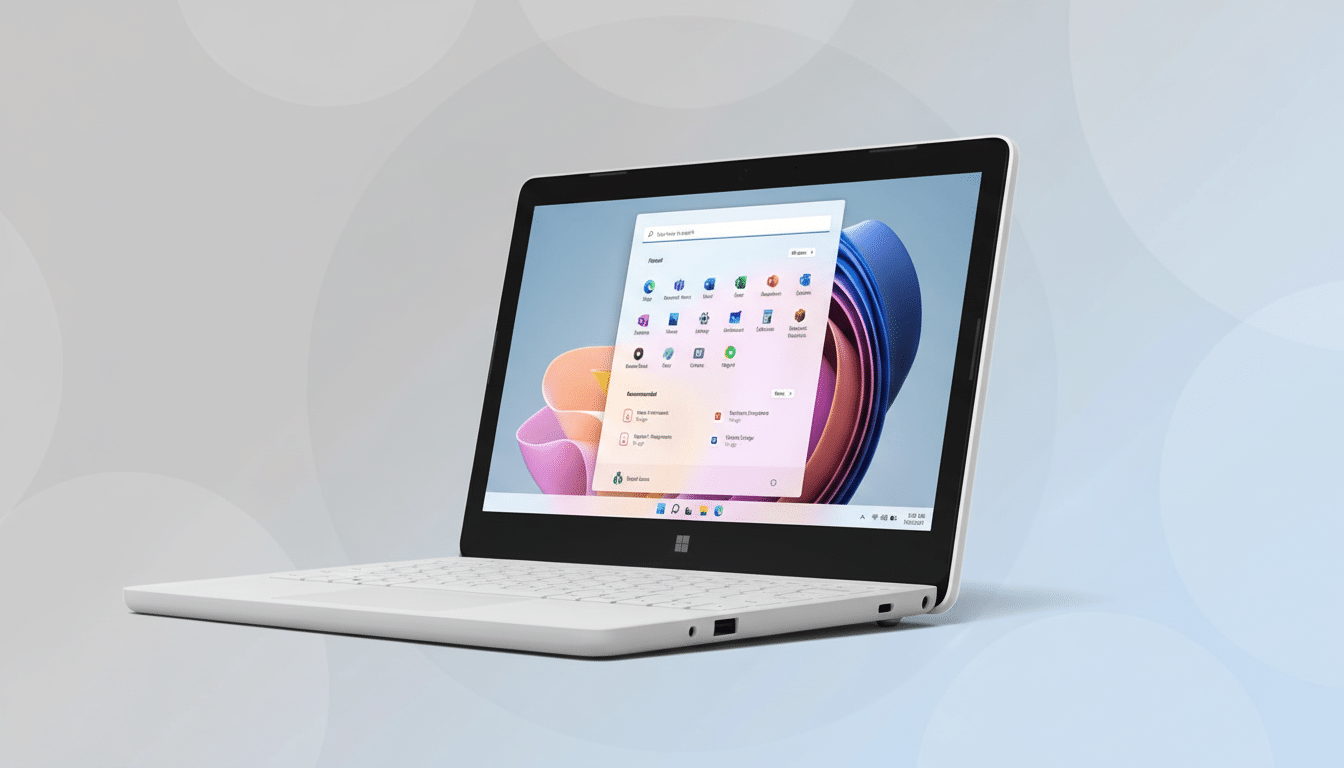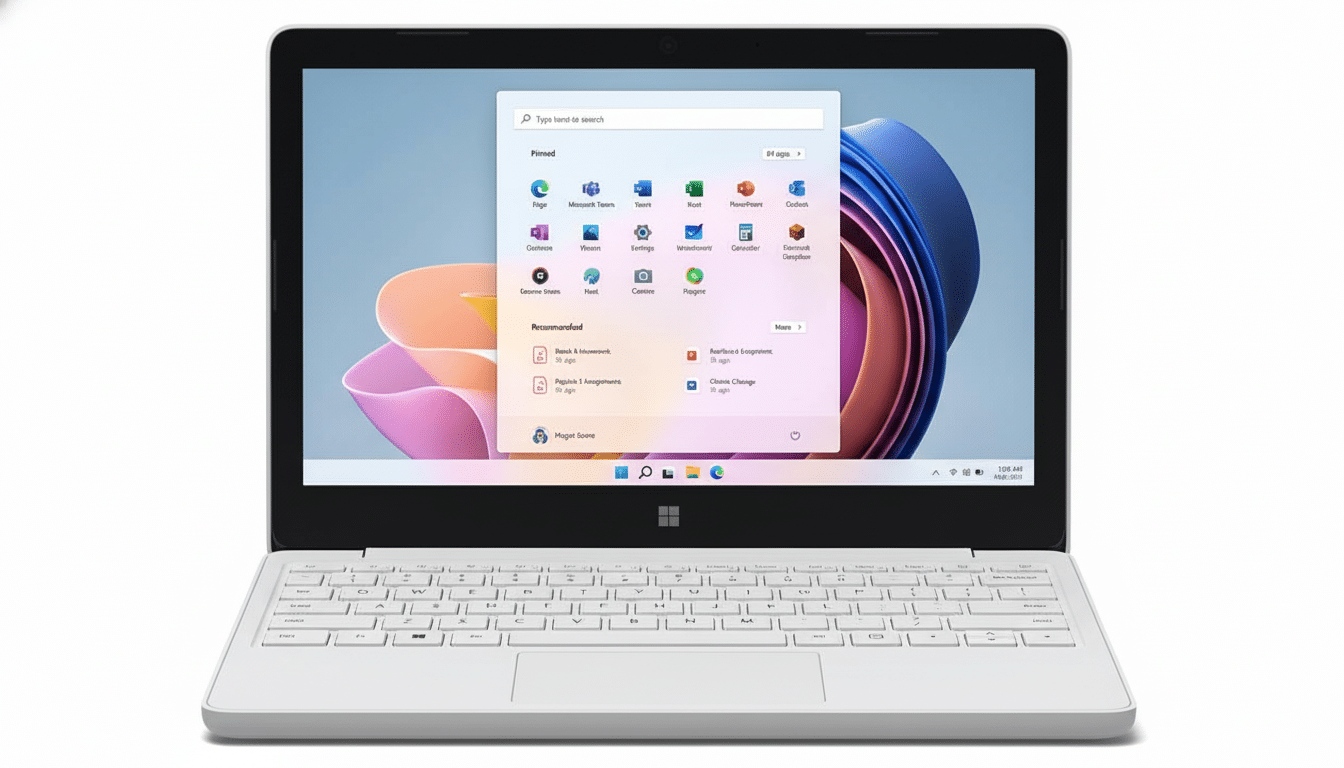The Microsoft Surface SE is in the news today for one simple reason: value. Starting at $189.99 for an open-box model, it also has the basics for students and casual users who need a reliable, travel-friendly laptop without sacrificing decent quality despite a low price point.
What $189.99 gets you on the Microsoft Surface SE
Under the hood of the Surface SE is Intel’s Celeron N4120, a 4-core chip designed for light, efficient loads. It comes with 8GB of RAM — something that’s a must at this price since you can find lower-end machines still shipping with 4GB — and 128GB of eMMC storage for snappy boot times and minimal delays when launching basic apps.
- What $189.99 gets you on the Microsoft Surface SE
- Real-world performance and the practical limits to expect
- Why Windows 11 SE is a strong classroom-focused fit
- Value versus Chromebooks and comparable alternatives
- Build quality, repairability, and service considerations
- Open-box caveats and practical tips for smarter buying
- Who should buy it and who may be better served elsewhere

The 11.6‑inch HD compact is small enough to fit in backpacks, while the 2.4-pound chassis makes it easy to carry between classes or rooms.
Connectivity is up to date for an entry-level device: USB‑A (for older peripherals), USB‑C (charging and new accessories), Wi‑Fi 5, Bluetooth 5.0, and a headphone jack for wired audio.
Battery life is rated for up to 16 hours. In reality, that could be about a full school day with back-to-back browsing at medium brightness (manufacturers often peg claims to light-use benchmarks like BAPCo’s MobileMark).
Real-world performance and the practical limits to expect
The N4120 isn’t a video-editing or coding-marathon machine, but it’s plenty good enough for the kinds of computing most buyers at this price point actually require: dozens of browser tabs, instructional videos, email, Office online apps, and cloud platforms like Google Workspace or Microsoft 365. The unsung hero here is the 8GB memory configuration, which makes multitasking feel noticeably less cramped than on 4GB rivals.
eMMC isn’t as fast as NVMe SSDs, but it’s good enough for cold boots, quick resumes, and opening common apps. If you have large media files to juggle, this isn’t your machine. For note-taking, researching, and streaming, it’s right on the money.
Why Windows 11 SE is a strong classroom-focused fit
Windows 11 SE is a stripped-down, education-focused version of Windows. Microsoft designed it to minimize distractions, speed up boot and resume, and promote cloud storage through OneDrive. In school rollouts, IT administrators centrally manage apps and policies using tools like Microsoft Intune, which ensures devices are uniform and secure across classes.
For families, the upside is a familiar Windows experience that supports core learning tools — Teams, Edge, and web-based Office — without bloat or background processes to slow down low-power hardware. It even works for offline file access for those inevitable times when you don’t have reliable Wi‑Fi.

Value versus Chromebooks and comparable alternatives
In the sub‑$200 price range, most choices are Chromebooks. There’s a reason: demand for education has propelled Chromebook adoption to the fore in recent years, according to researchers at IDC and NPD. The Surface SE follows that playbook from the Windows end, combining low-cost hardware with a simplified OS and a compelling management story for schools.
The benefit here is that the ecosystem can be flexible. For students whose families or schools already rely on Windows apps, a shared OneDrive cloud storage system, or accessories that require Windows drivers (cameras and digital pens), the Surface SE integrates more readily than a Chromebook. On the other hand, if you completely reside within Google’s ecosystem and need access to Android apps, a Chromebook still fits that bill.
One of the bigger differences at this price is the 8GB RAM configuration, tangibly benefitting those with lots of open browser windows and video calls. Many budget laptops skimp on that point.
Build quality, repairability, and service considerations
Microsoft built the Surface SE with school maintenance in mind, emphasizing durability and better field repairs than on previous models of the Surface. Education IT departments have welcomed this change as it reduces downtime and total cost of ownership throughout the life of a device. That’s important for families as well: a stronger chassis and serviceable parts can extend the life of a budget buy.
Open-box caveats and practical tips for smarter buying
This price is for open-box status — units that were returned in unused or lightly used condition, then re-inspected and repackaged. The addition of a one‑year third‑party warranty gives you baseline protection — just make sure to check the return window and what the warranty covers, including battery health and screen condition. Consumer advocates typically suggest checking the cycle count on your battery and running a cursory inspection of your keyboard, webcam, and ports upon arrival.
Storage can quickly fill on a 128GB eMMC drive, so be prepared to rely on OneDrive or another cloud service for large media libraries. A small USB‑C SSD is a cheap way to add some room for projects without bringing the machine to a crawl.
Who should buy it and who may be better served elsewhere
The Surface SE, at $189.99, is a clever starter laptop for K‑8 students, a dependable spare for families, or a compact machine for simple work on the go. It’s not going to be a creator workstation replacement, but it gets the basics right — good battery life, decent performance, and no bloatware in sight with all the ports you’d want — for a price that might be tough to resist.

